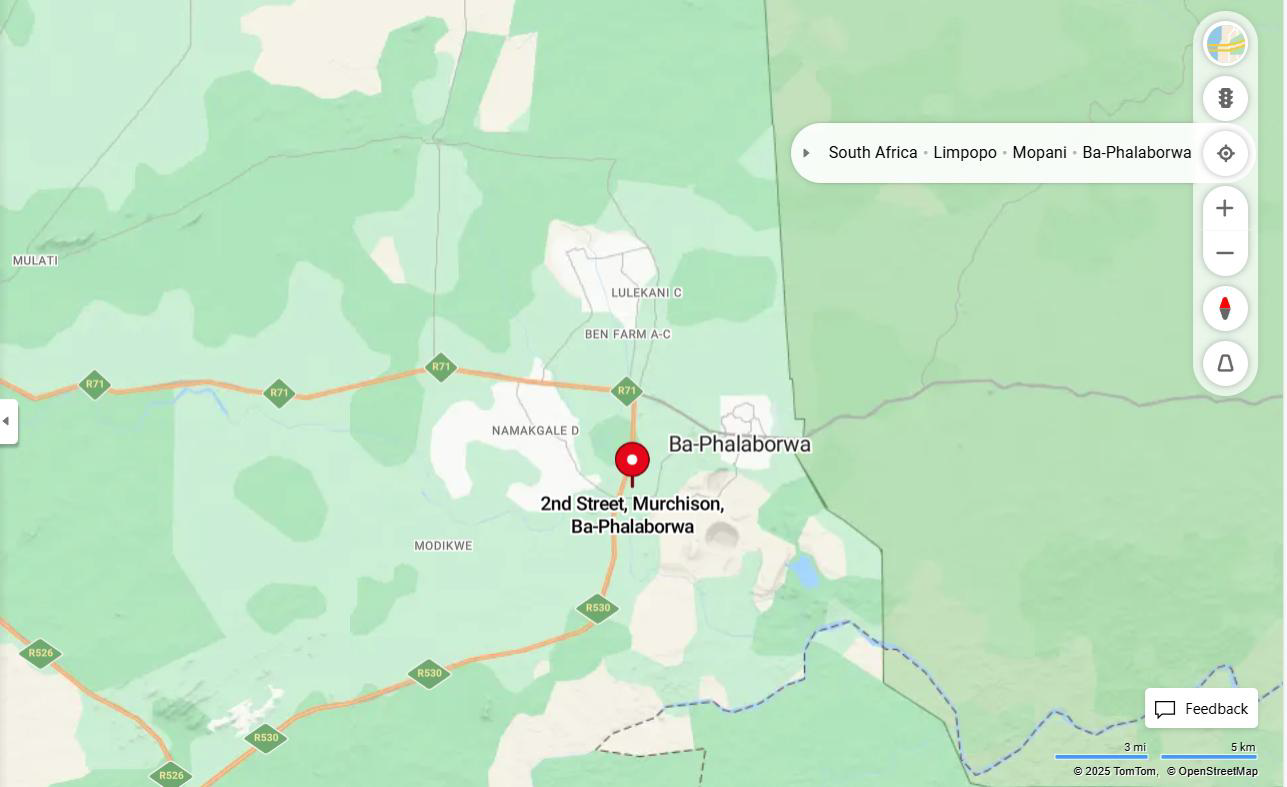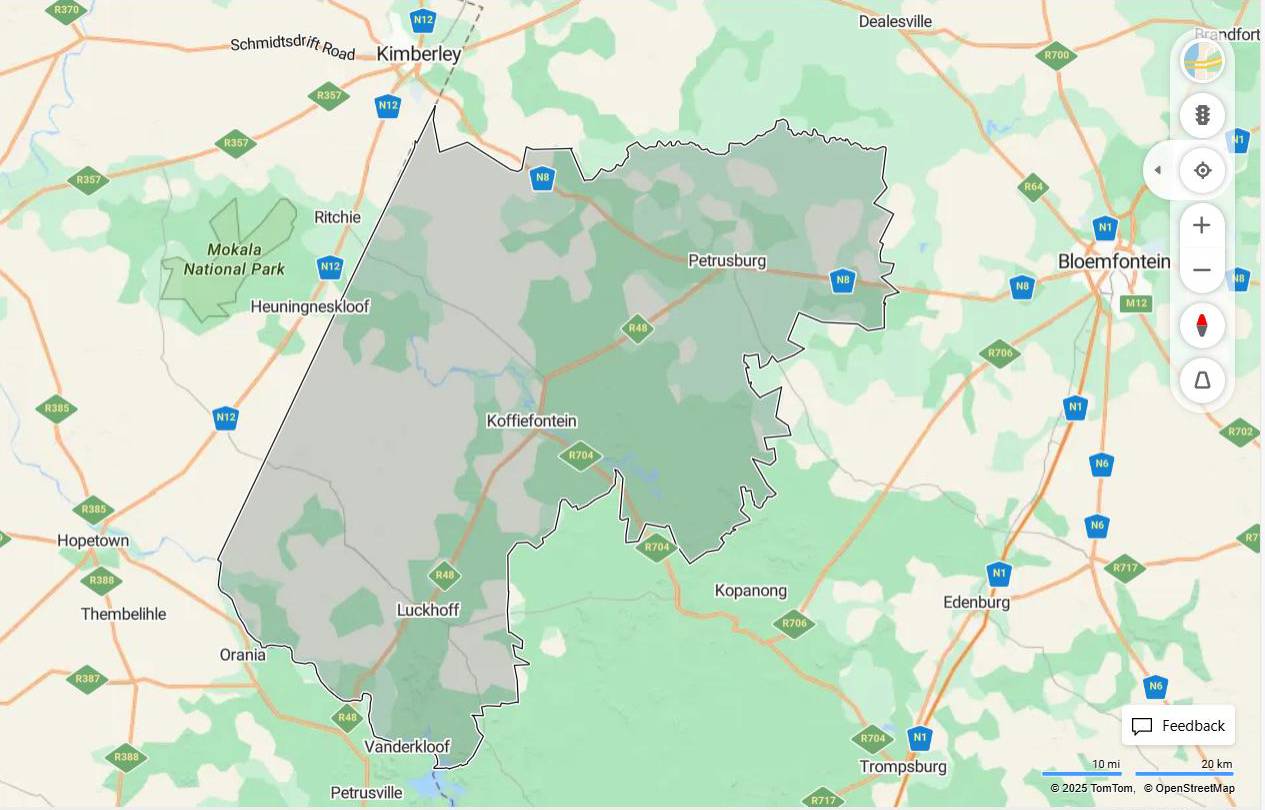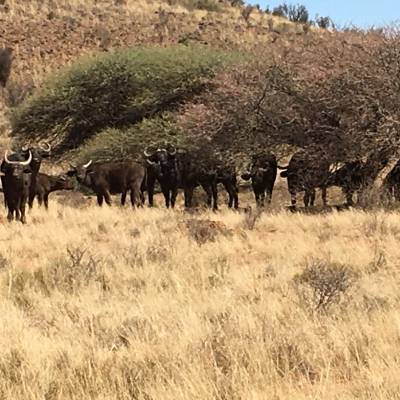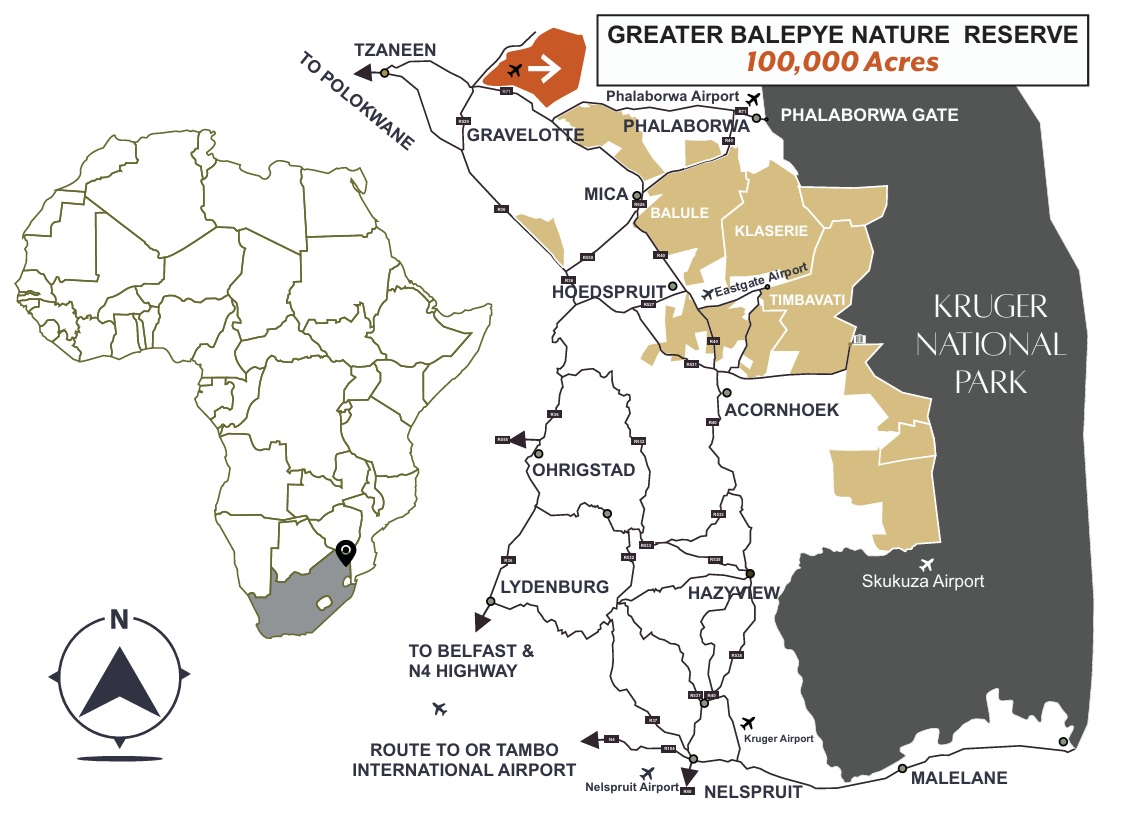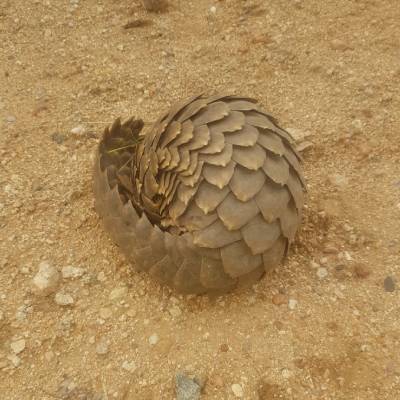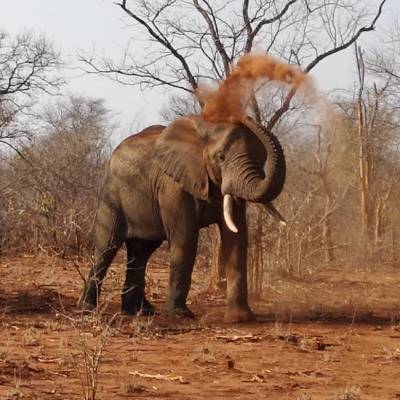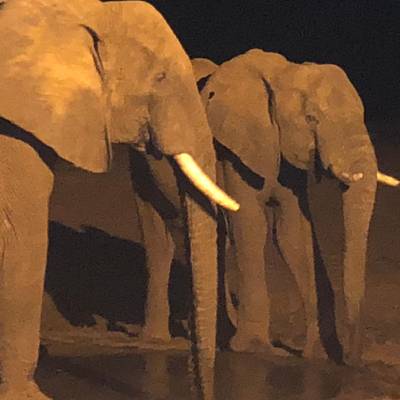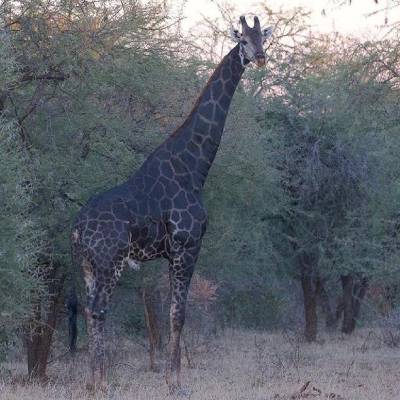SA Fine-Tuned Trading (Pty) Ltd
Investor Login Area - A Deeper Look
SA Fine-Tuned Trading (Pty) Ltd
Wildlife, Agriculture, Forestry & Tourism stocking
Contact Details
Investment Range Required
R15,000,000 for operational expansion and wildlife
Type of Investment Required
Capital Expenditure
Infrastructure Funding
Working Capital
Financial Projections (2025-2027)
| Metric | 2025 | 2026 | 2027 |
| Revenue | R15,000,000 | R28,000,000 | R45,000,000 |
| Gross Margin | 60% | 62% | 65% |
| EBITDA | R3,000,000 | R8,400,000 | R16,200,000 |
| Net Profit Margin | 14% | 20% | 28% |
| Break-even Point | Achieved 2024 |
Revenue Growth Drivers:
- Wildlife population maturation enabling hunting operations
- Lodge occupancy scaling from 35% to 75%
- Premium pricing through biodiversity node certification
- Export market development for processed products
Expected Outcomes / Impact
Economic Impact
- Create 75+ permanent jobs by 2027 (25 immediate, 50 seasonal during peak periods)
- Generate R45 million in annual revenue, contributing to regional GDP
- Support 150+ indirect jobs through the supply chain and community procurement
- Establish an R50+ million asset base through wildlife, infrastructure, and equipment
Social Impact
- 70% target for women in processing and value-addition activities
- Youth training and mentorship programmes with 50+ participants annually
- Community development fund allocation of 2% of annual revenue
- Preferential procurement targeting 60% local supplier participation
Environmental Impact
- Rehabilitate 4,200 hectares of degraded land to natural ecosystem functions.
- Achieve carbon neutrality through renewable energy and sequestration practices.
- Restore indigenous wildlife populations supporting regional conservation goals.
- Implement zero-waste circular economy principles across all operations
Transformation Impact
- Demonstrate 100% Black-owned success in the wildlife industry worth R4.3 billion annually.
- Create a replicable model for biodiversity economy transformation
- Contribute to the government's rural development and job creation objectives
- Support South Africa's National Biodiversity Strategy implementation
Investment & Use of Funds
Total Raise: R15,000,000 for operational expansion and wildlife introduction
Use of Funds
- R8,000,000 – Wildlife stocking programme (Big Five and plains game)
- R3,000,000 – Operational capital and working capital requirements
- R2,000,000 – International marketing, brand development, and distribution
- R1,500,000 – Equipment, vehicles, and technology systems
- R500,000 – Product development and certification programmes
Return Projections
- Target 35-45% annual ROI on invested capital
- 5-year cumulative return of 6-8x initial investment
- Exit opportunities through strategic acquisition or management buyout
- Potential carbon credit revenue providing additional return streams
The Team
Mlungisi Sonwabile Bushula – Managing Director & Founder
- 5+ years of experience in agricultural and forestry enterprises
- Educational background: Public Management (Nelson Mandela University), Financial Management (Damelin / Milpark)
- Award recognition: 2017 Small-Scale Forestry Award, 2019 YAFF Large-Scale Category Winner
- Extensive networks within government, conservation, and agricultural sectors
- Proven track record in project management and stakeholder engagement
Proposed Key Personnel (to be recruited with investment):
- Operations Manager (PDI): Wildlife/agriculture degree, 5+ years of experience
- Head Professional Hunter: International certification and experience
- Lodge Manager (PDI): Hospitality management qualification and experience
- Financial Manager (PDI): CA(SA) or equivalent professional qualification
- Conservation Manager: MSc Conservation Biology, research coordination experience
Strategic Partnerships:
- Department of Forestry, Fisheries and Environment (DFFE)
- South African National Parks (SANParks)
- Department of Agriculture, Land Reform and Rural Development (DALRRD)
- Wildlife Ranching South Africa (WRSA)
- Professional Hunters Association of South Africa (PHASA)
Risk Assessment & Mitigation
| Risk | Mitigation Strategy |
| Wildlife Disease Outbreaks | Comprehensive veterinary programmes, quarantine protocols, and insurance coverage |
| Tourism Market Volatility | Revenue diversification across hunting, photographic, and domestic markets |
| Regulatory Changes | Active engagement with industry bodies, compliance management systems |
| Climate / Environmental Impact | Water storage systems, adaptive management practices, and climate insurance |
| Skills Shortage | Training programmes, partnerships with educational institutions, and competitive remuneration |
| Currency Fluctuations | USD pricing for international clients, forward exchange contracts |
| Infrastructure Delays | Contingency planning, multiple contractor relationships, and phased implementation |
Exit Strategy
Possible Exit Options:
- Strategic Acquisition: Sale to established wildlife, tourism, or agricultural operators seeking transformation credentials and Eastern Cape expansion
- Private Equity Partnership: Buyout by impact investment funds focused on conservation and transformation
- Management Buyout: Structured divestment to the management team through performance based arrangements
- Government Partnership: Enhanced partnership with SANParks or provincial development agencies
- Sector Consolidation: Participation in broader biodiversity economy sector consolidation
Recent Comparable Transactions:
- Wildlife operations in Eastern Cape trading at 4-6x EBITDA multiples
- Conservation-focused enterprises attracting premium valuations due to ESG focus
- Transformation operators receiving preferential terms from impact investors
Unique Value Proposition for Exit:
- 100% PDI ownership with established government partnerships
- Diversified revenue model reducing single-sector risk
- Strategic location within an established biodiversity economy node
- Demonstrated conservation impact and community development outcomes
- Scalable business model suitable for regional expansion
Attachments Available on Request
- Environmental Impact Assessment and Approval Documentation
- DFFE-EPIP funding agreements and disbursement schedules
- Financial statements and projections (detailed 5-year model)
- Land lease agreements and tenure documentation
- Professional hunter and tourism operator certifications
- Conservation management plans and biodiversity assessments
- Community development agreements and stakeholder engagement records





